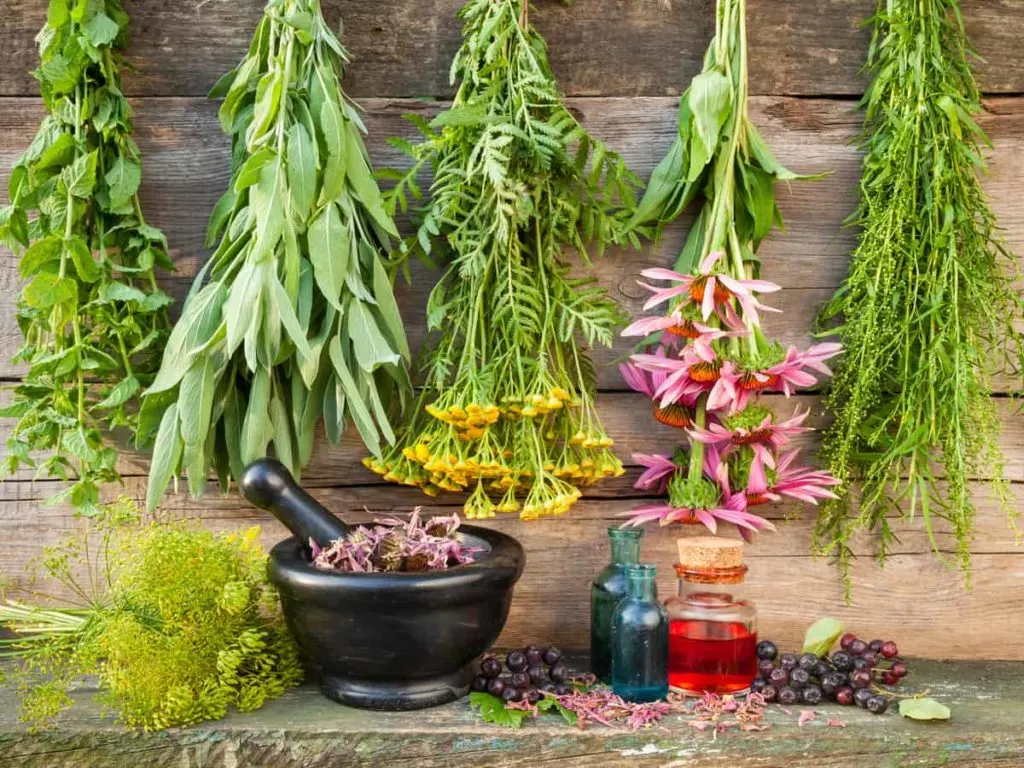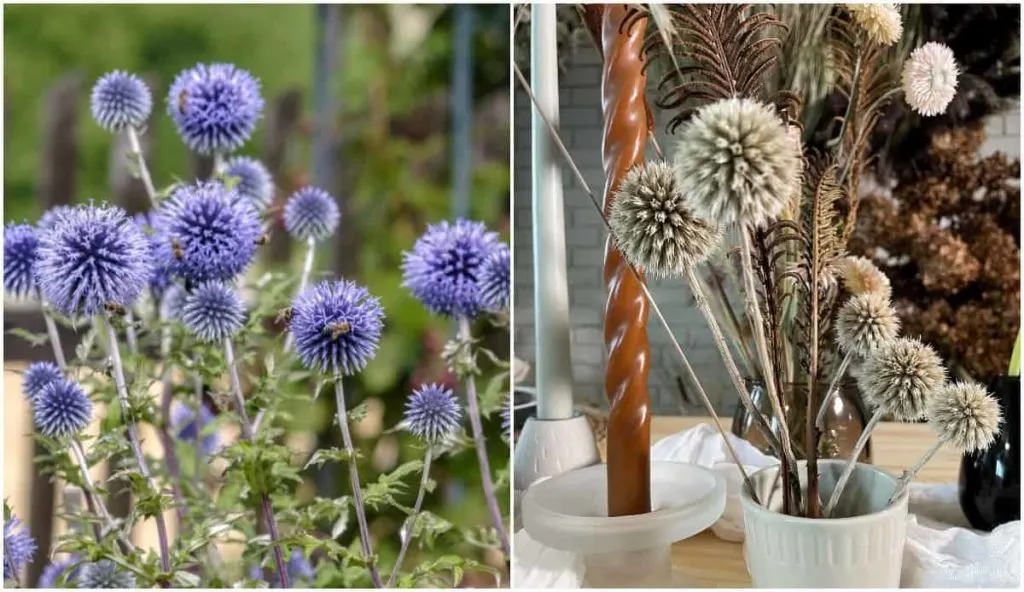
Drying flowers is the ultimate way to bring summer beauty inside. In this article, we will share the best flowers to choose for drying. Additionally, we will talk about different ways to dry flowers. We will show simple methods to more complex approaches.
Calling All Crafters!
Dried flowers are a crafters dream! The spectrum of potential projects is limitless.
Imagine creating home décor and gifts from beautiful flowers grown in your own backyard. For example, an antique-style dried flower display can bring to life and pay tribute to a favorite vintage furniture piece.
On the other hand, a single gorgeous flower presented in a modern shadow-box picture frame can preserve and commemorate a prized rare flower.
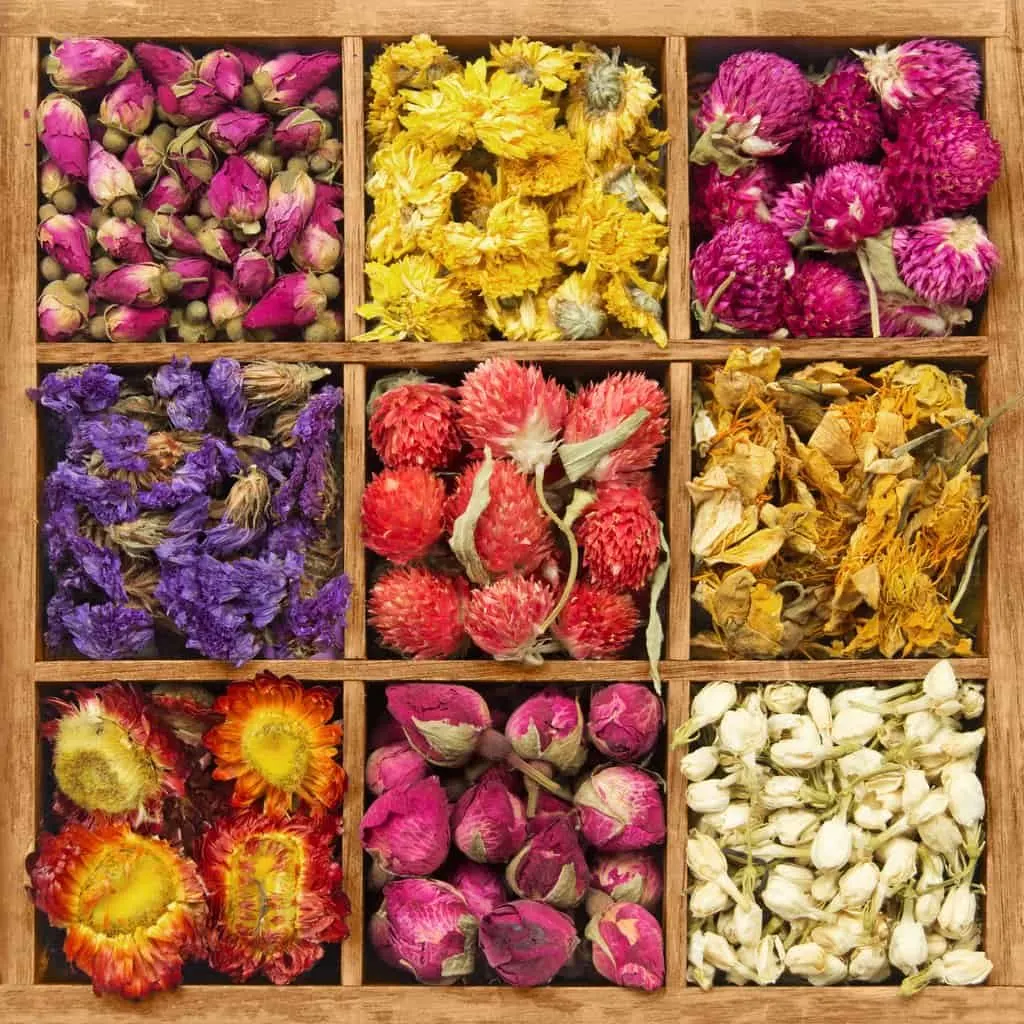
Why Do We Dry Flowers?
Spring, summer, and fall blossoms are much too fleeting. Moreover, the gray skies and white and brown earth of winter can seem to last forever. Especially for those of us who can hardly wait for next spring. Dried flowers help to capture and extend the beauty of the previous seasons.
Not only do spring, summer, and fall fly by, but the slow, quiet days of winter are also often welcome to busy gardeners!
The lovely, slow process of unveiling and using dried flowers once the gardens have been put to bed is wonderful! Not only that, enjoying calm and serene days of winter while happily crafting something beautiful is so fun and rewarding!
Methods for Drying Flowers
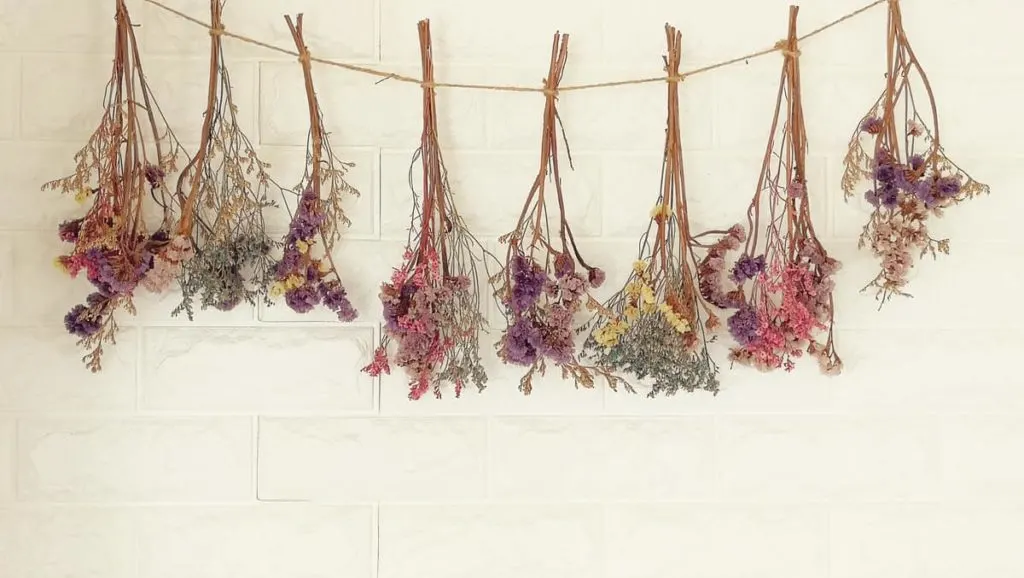
Dry flowers using different techniques can help preserve color, shape, and fragrance. Preserved flowers can even retain some edible or medicinal constituents that may be used in teas, for example.
Flowers can be dried in several ways.
- Many dried flowers are simply hung in a dry and dark area. In this article, we will share more on this method as it is simple and easy. It doesn’t require any special equipment. Just a little space and time.
- For the dried flower enthusiast, there are products such as silica gel for preserving and drying flowers. This is a delicate procedure but can preserve complex flowers such as dahlias. This is an amazing technique for retaining color as well.
- Pressed flowers are so beautiful. Additionally, there is special equipment specifically made for this purpose. Most of us have probably pressed flowers or leaves in books, which might be a great place to start.
Choosing Flowers for Drying
Just like choosing anything from the garden for preserving, choose flowers that are at their peak. For example, pick flowers that are almost fully opened, rather than flowers that opened a few days ago and are already starting to fade. Also, most flower colors are at their fullest right before they are fully opened.
2 Things Flowers Need to Dry Perfectly
- Darkness to retain color. Regardless of the chosen method for drying flowers, they need to be in a dark place for protection. The flowers’ delicate colors will be faded by any source of light.
- Dryness to preserve the flowers. Of course, this is obvious, but sometimes easier said than done. In humid locations, flowers may not dry evenly. Importantly, this can lead to mold problems. It may be necessary to introduce fans or a dehumidifier to the drying area.
Step-By-Step: From Harvest to Perfect Dried Flowers
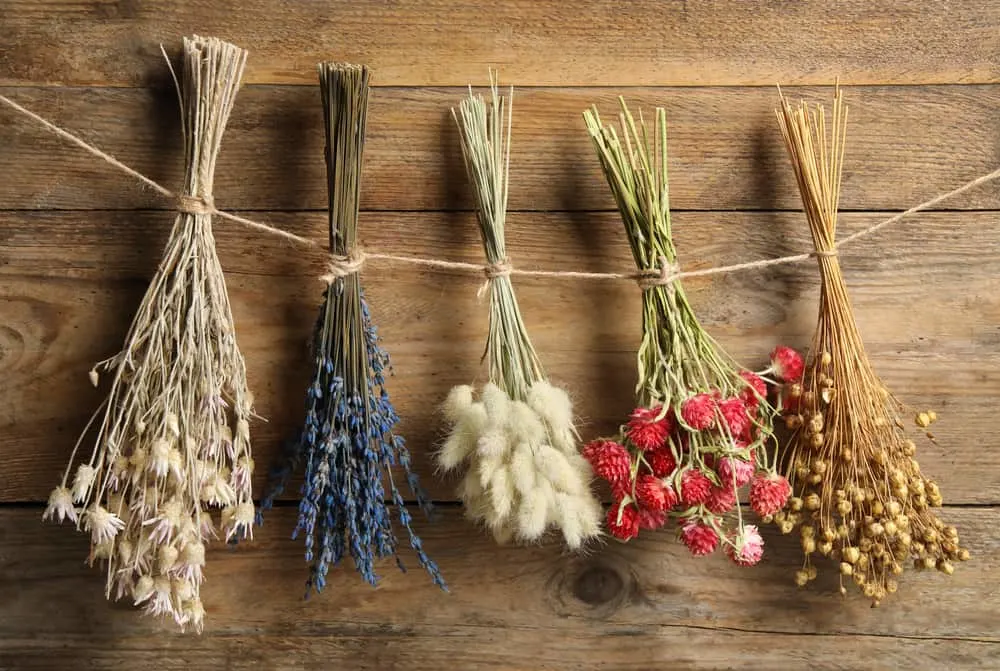
- Pick flowers in their prime, just before they are fully opened.
- Gather them together in bunches and tie them with string.
- Choose an area where the flowers are protected from light. For example, put up a screen or put them in a dark place such as in a cupboard, a shed, or barn.
- Ensure the area has exceptional air circulation and low humidity.
- Hang them upside down.
- Another option, in areas that have naturally low humidity, place paper bags around the bunches. Certainly, this can help preserve flower color and shape even more.
10 Dried Flower Uses
- Wreaths.
- Bouquets.
- Unique Home Décor
- Shadow Box, and Framed Flowers.
- Topiary.
- Fragrant Sachets, and Potpourri.
- Teas, Cooking, and Cake Decorations.
- Herbal Medicine, and Natural Cosmetics.
- Candle and Paper Making
- Natural Home Cleaning Projects.
15 Absolute Best Flowers for Drying
1. Strawflower, Everlasting (Xerochrysum bracteatum)
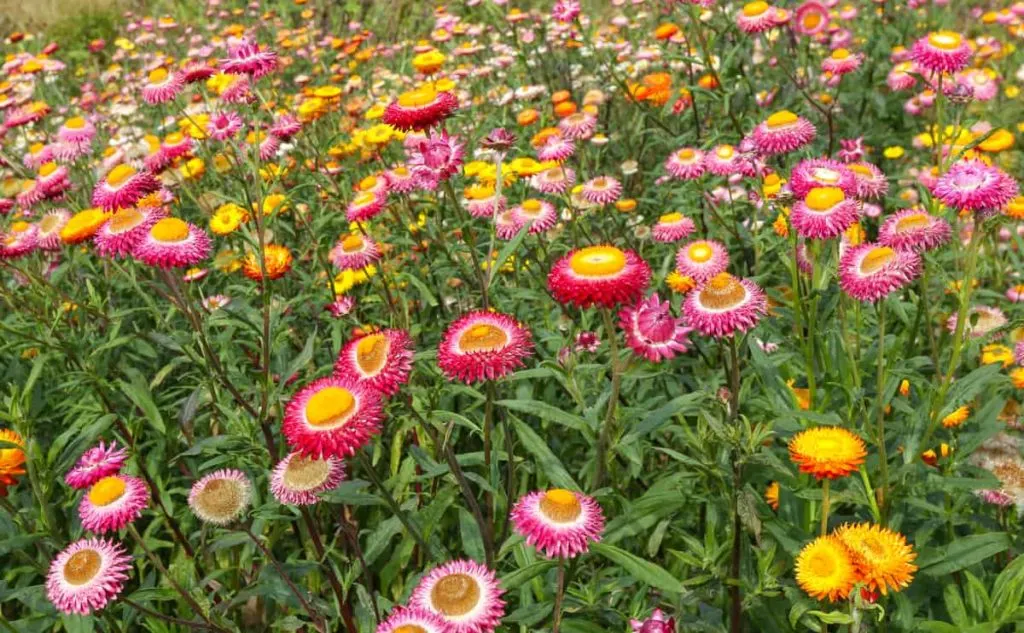
As the name suggests, Strawflower or Everlasting makes lovely, long-lived dried flowers. Notably, it is an Australian native that loves heat and tolerates drought. Strawflower is a long-blooming annual that is easy and fun to grow.
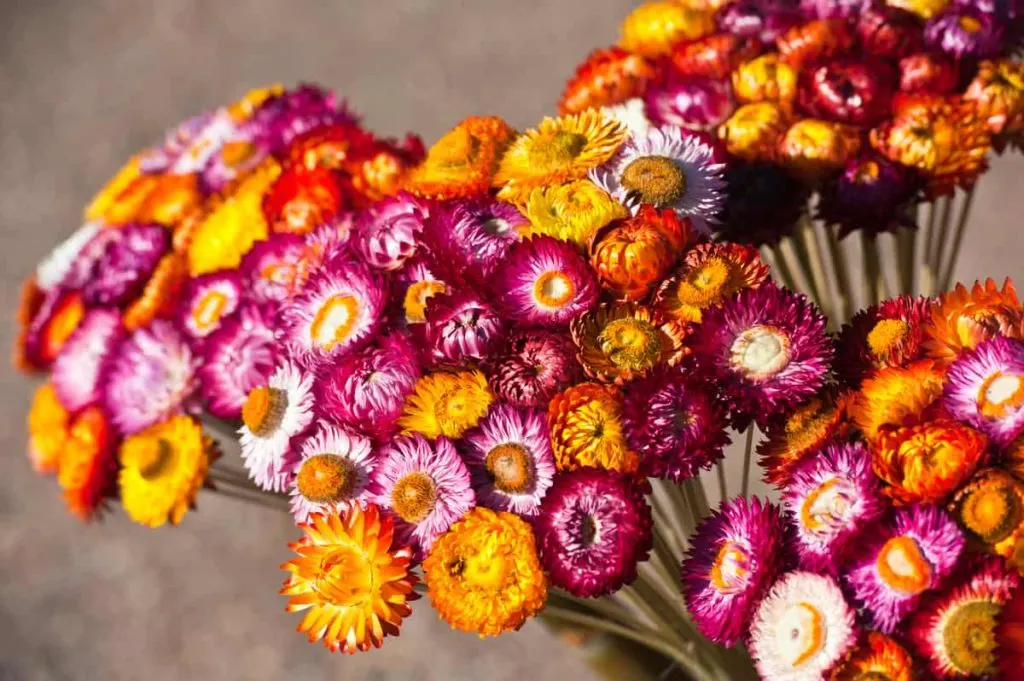
2. Statice (Limonium sinuatum)
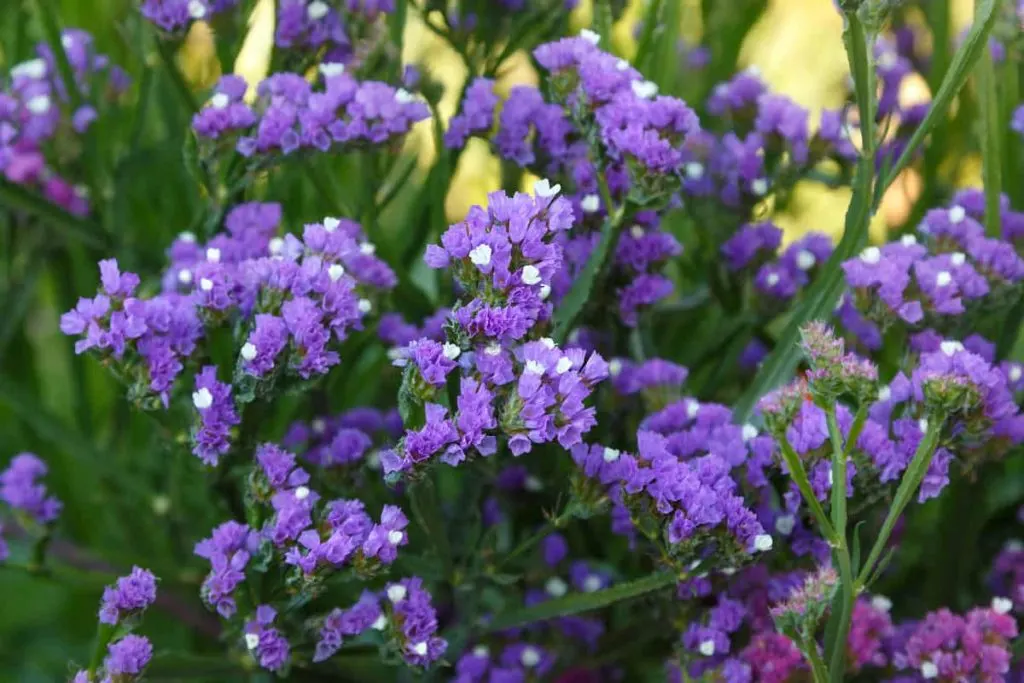
Statice, another exceptional dried flower, is also an annual. Additionally, Statice makes a beautiful cut flower on 24 inch (60 cm) tall strong stems. Statice blooms from July to September and likes warm and dry conditions.
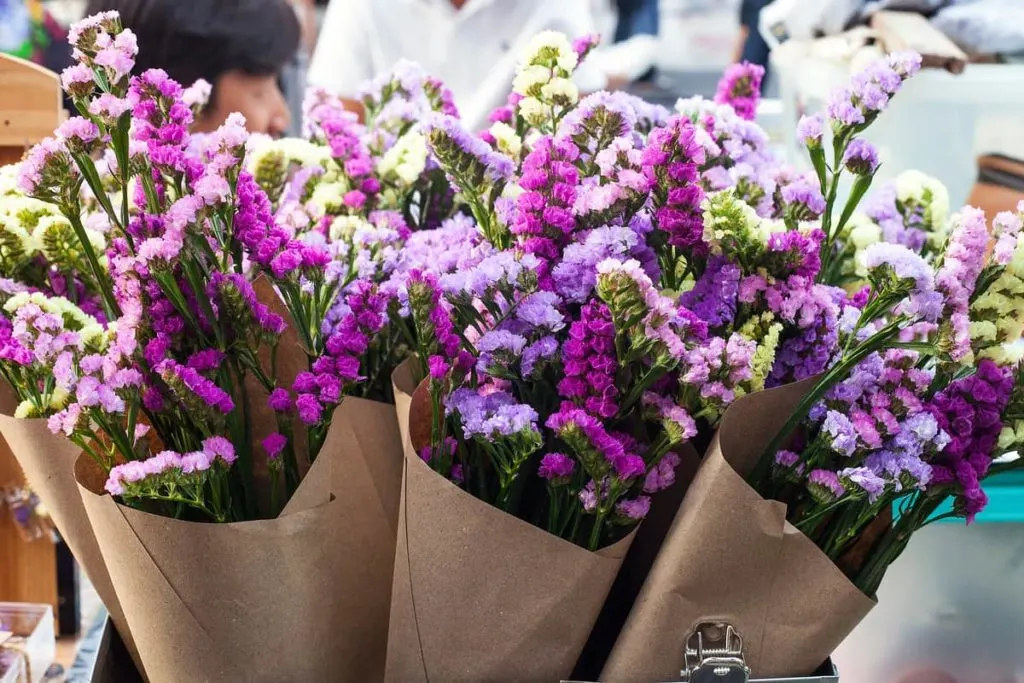
3. Globe Amaranth (Gomphrena globosa)
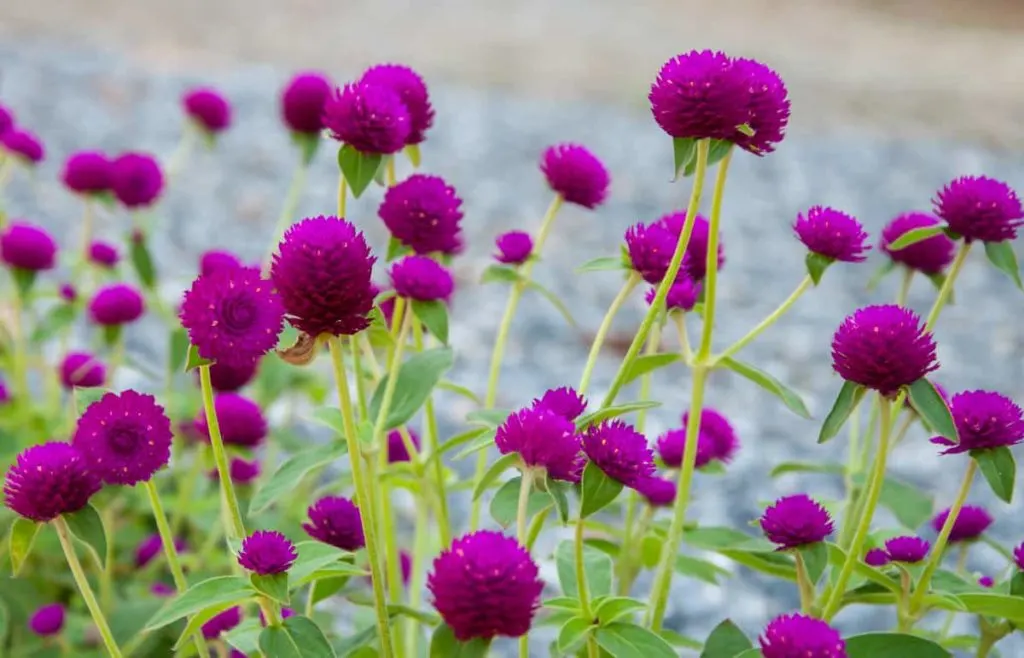
Globe Amaranth are a small, annual amaranth with showy brightly colored bobble-like flower clusters. They are available in a variety of colors in shades of purple, red, magenta, hot pink, orange, white, and lilac.
Especially interesting, globe amaranth is easy to grow, tolerates heat and drought, and makes wonderful cut and dried flowers which retain their gorgeous colors.
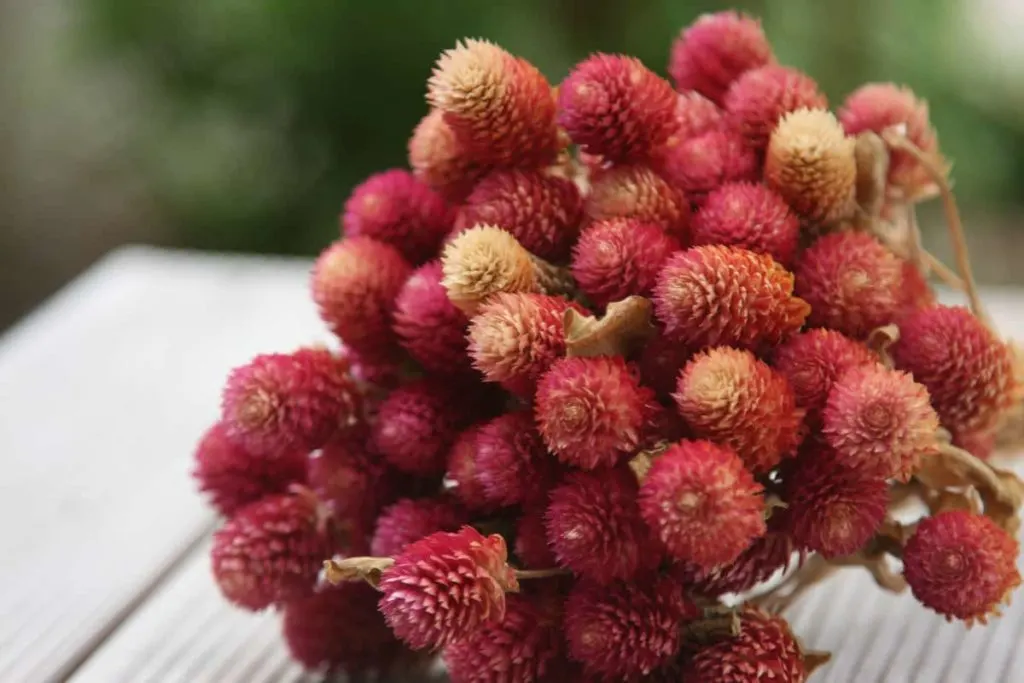
4. Poppy (Papaver)
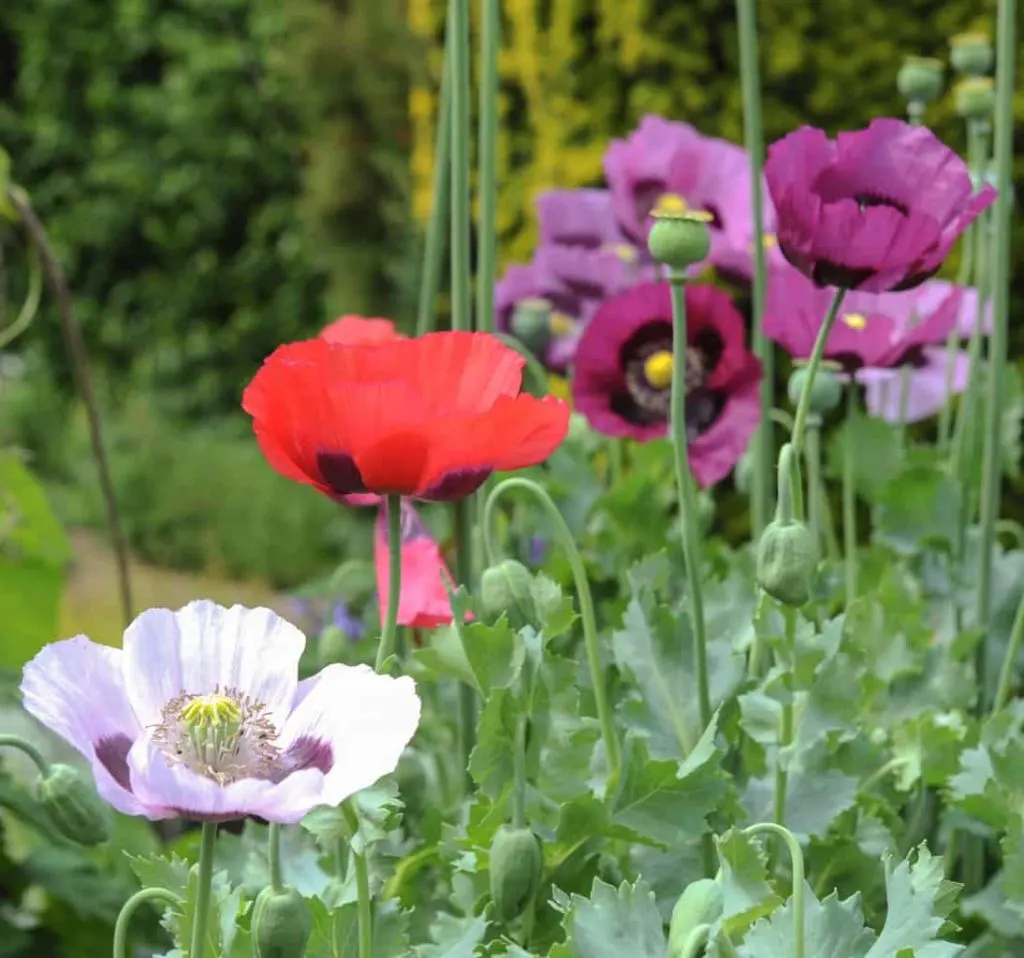
Poppies can be perennial or annual depending on the variety. The petals can be dried but most often the interesting seed heads are used in dried flower arrangements. Certainly, a fun plant to grow!
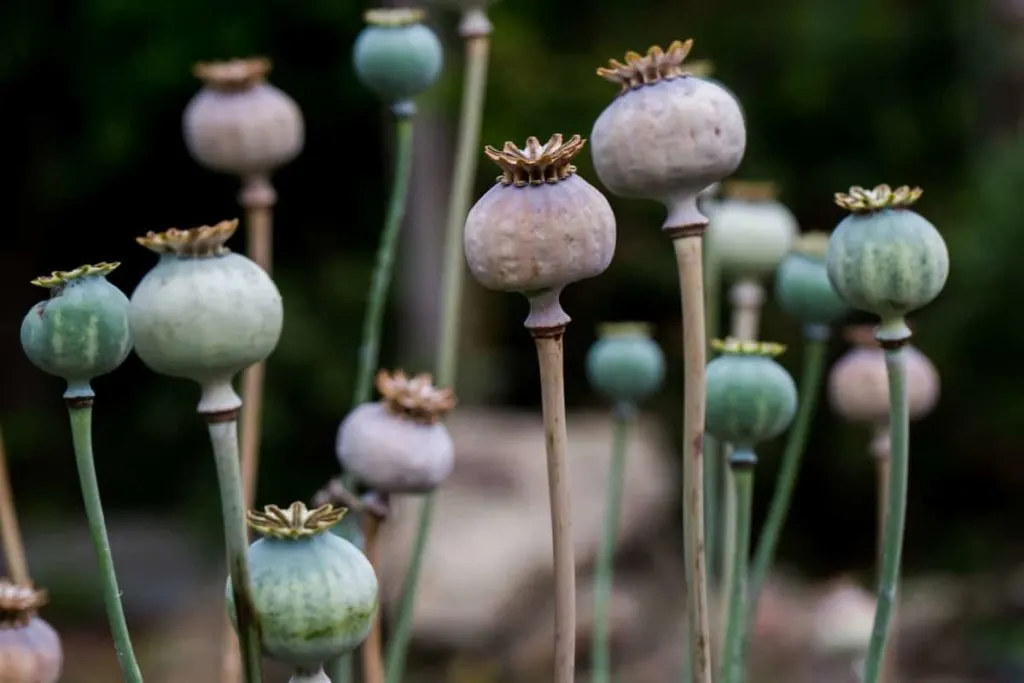
5. Rose (Rosa)
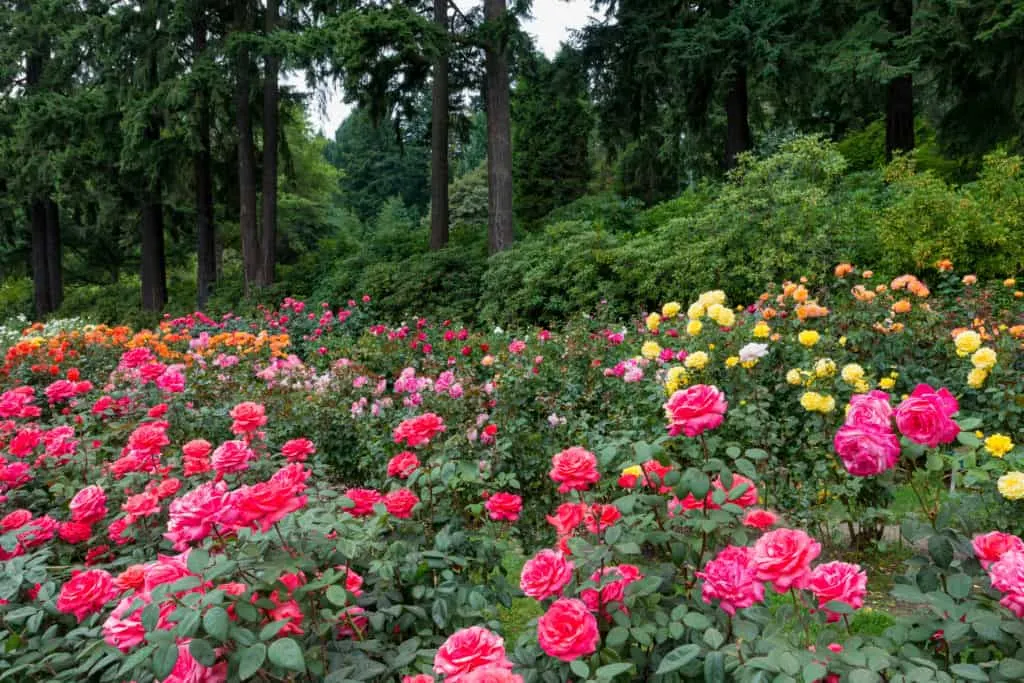
Is there anything more romantic than dried roses? The quintessential dried flower, the uses for dried roses are extensive.
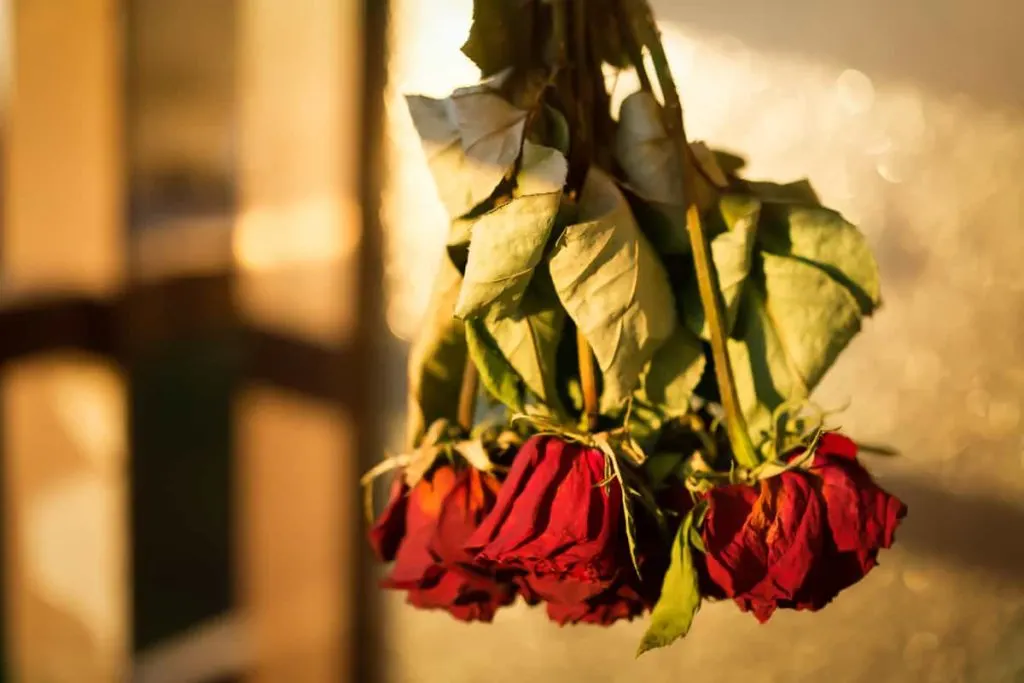
Additionally, dried rose petals, dried rosebuds, and whole dried flowers each have incredible versatility.
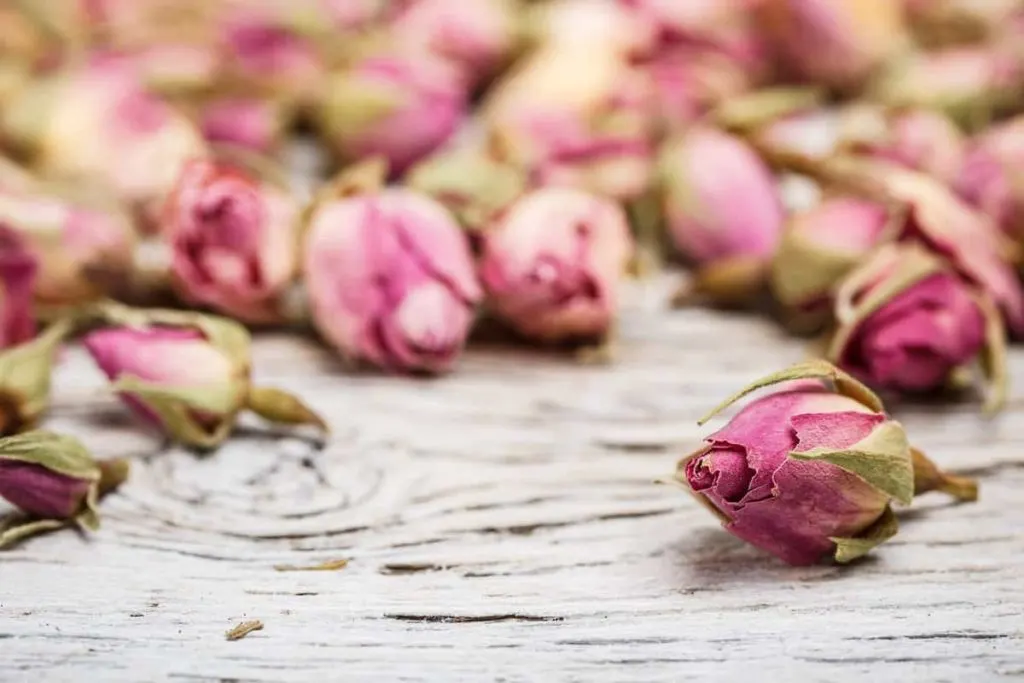
From rose petal jelly, rose oil, rosebud topiary, to luxurious giant table centerpieces, the potential uses for dried roses are nearly limitless!
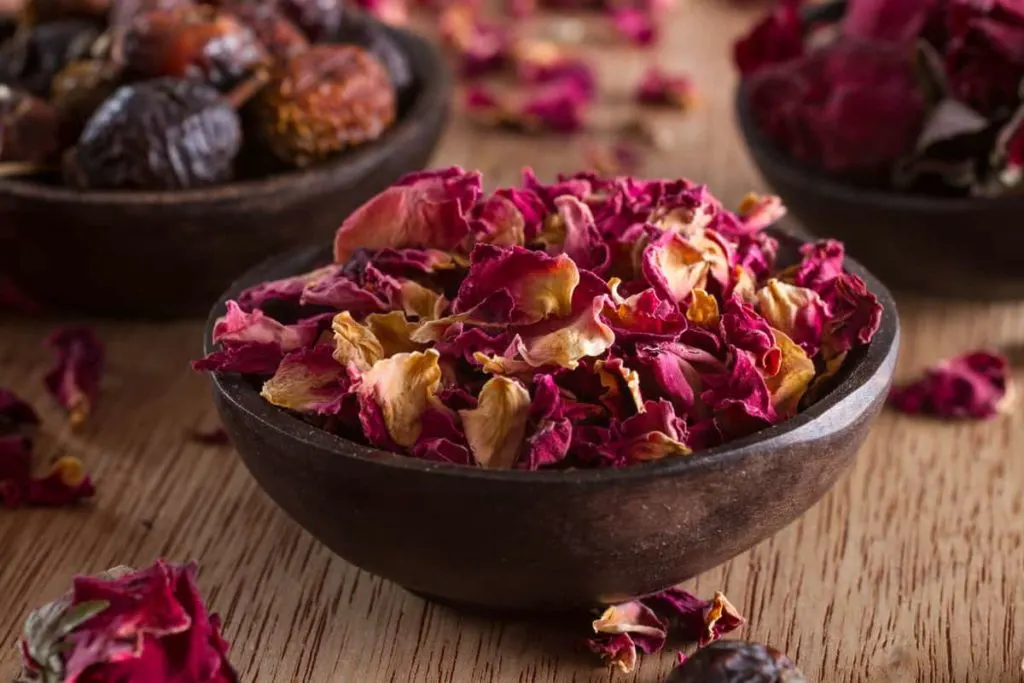
6. Yarrow (Achillea filipendulina)
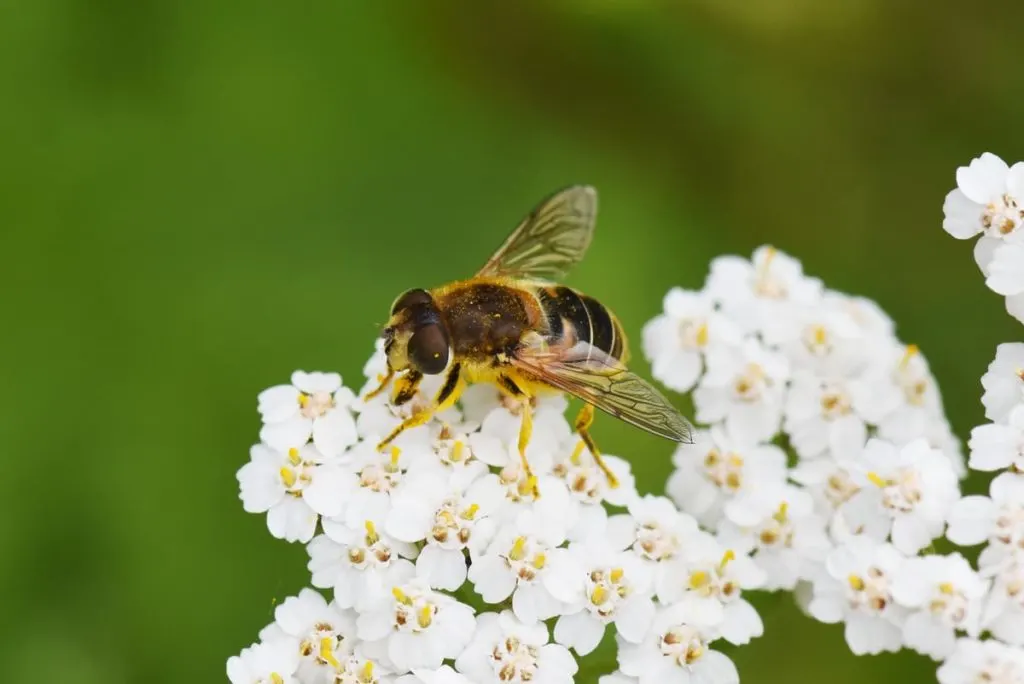
Yarrow’s gorgeous flat flower umbels make wonderful additions to dried flower décor. They are a perennial wildflower that can be yellow and white. They are also available in hot and pale pinks. Interestingly, Yarrow can also be used in medicinal teas.
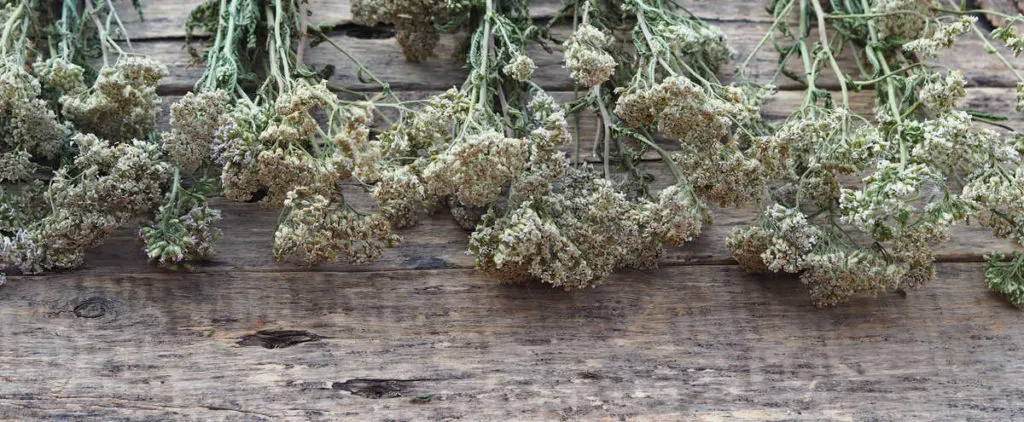
7. Calendula (Calendula officinalis)
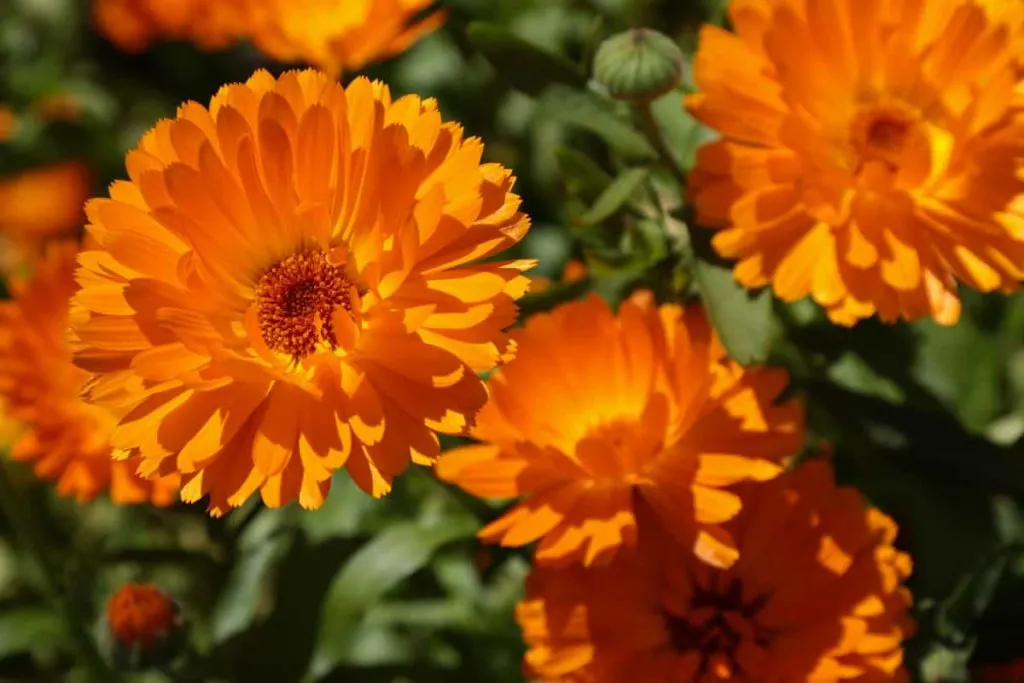
Calendula is a wonderful annual. Spectacularly, it may spread its seed and grow year after year in favorable conditions. Its gorgeous petals hold their color excellently when dried. Incredibly, dried Calendula has many uses in décor as well as many culinary, cosmetic, and herbal medicine uses.
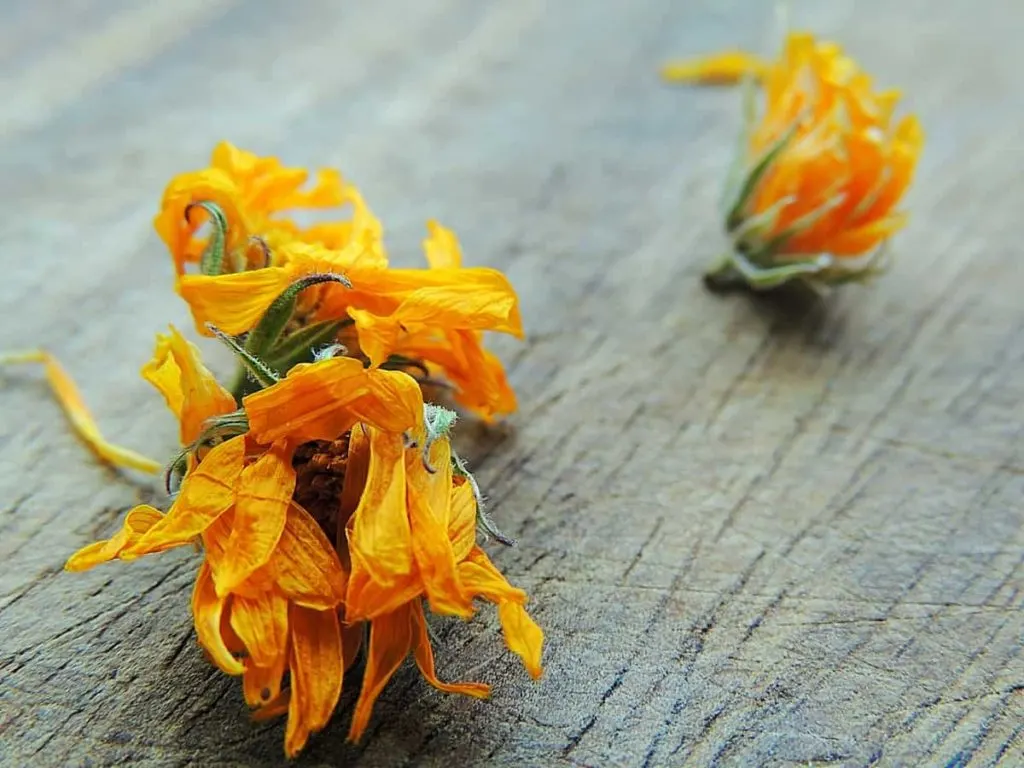
8. Pinks (Dianthus)
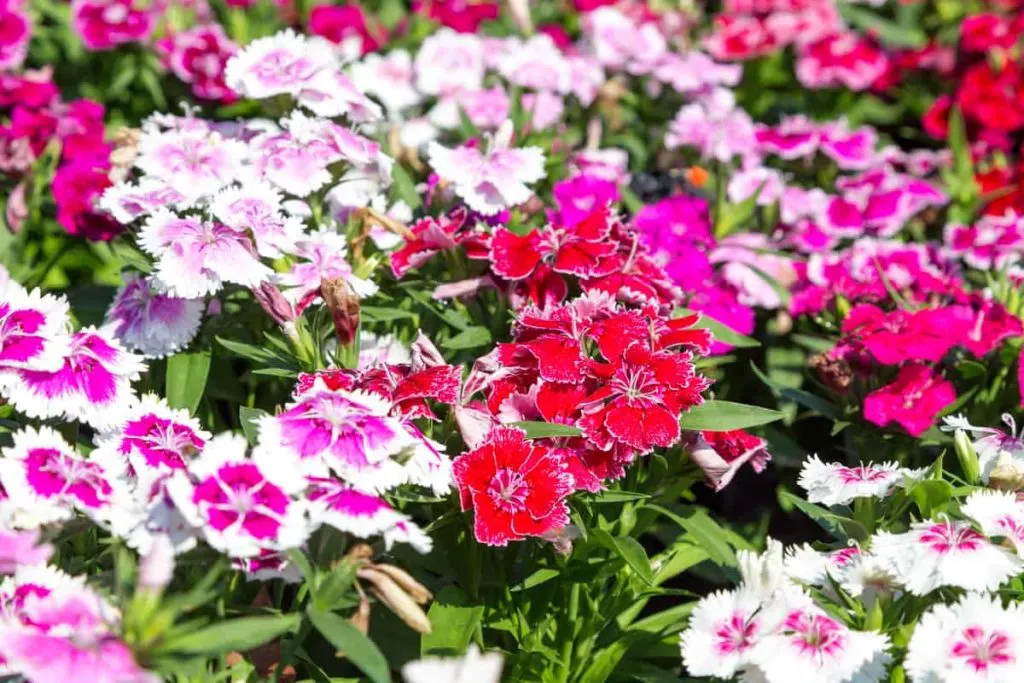
Dianthus is a large genus of flowering plants that include carnations, pinks, and sweet williams. Most Dianthus grow as herbaceous perennials, blooming prolifically from Summer through Fall. Their dried flowers make fantastic addition to artful crafts. Excitingly, many varieties are also edible with a clove-like aroma and taste.
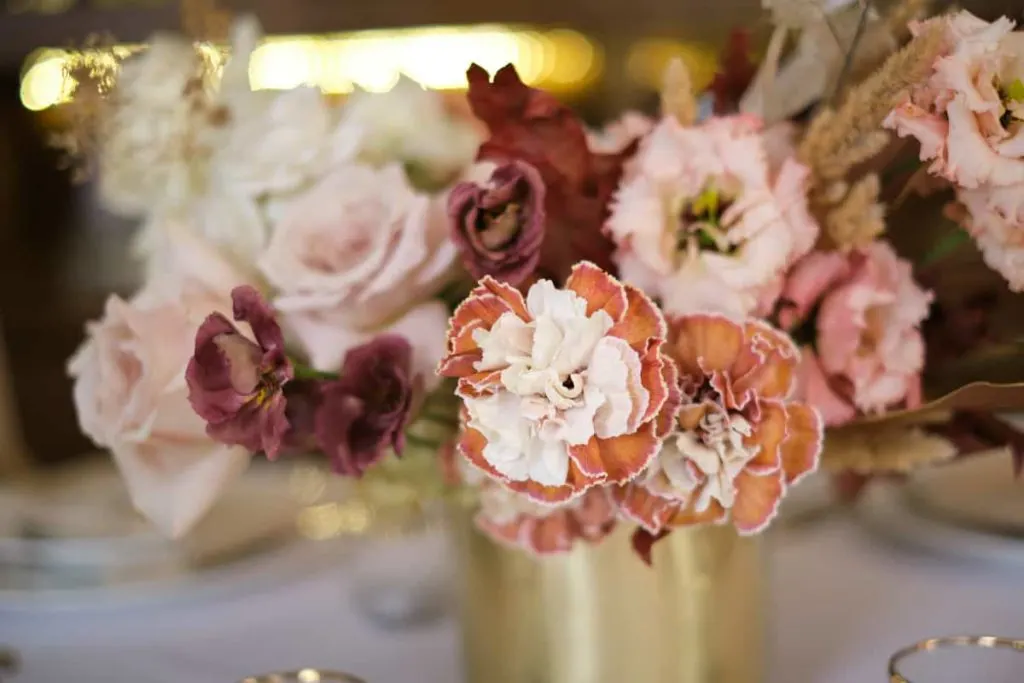
9. Purple Coneflower (Echinacea purpurea)
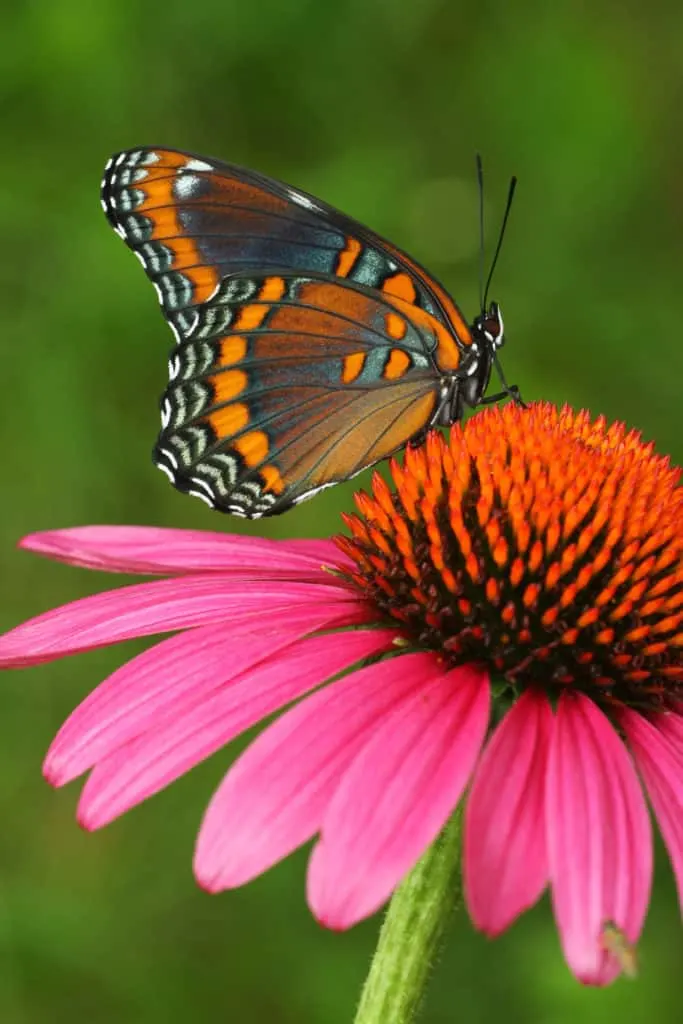
Wonderfully gorgeous in the perennial border, Purple Coneflower also has many uses as a dried flower. The unique shape and lovely rose-purple petals dry well and are useful in dried flower arrangements, crafts, and for use in herbal teas as well.
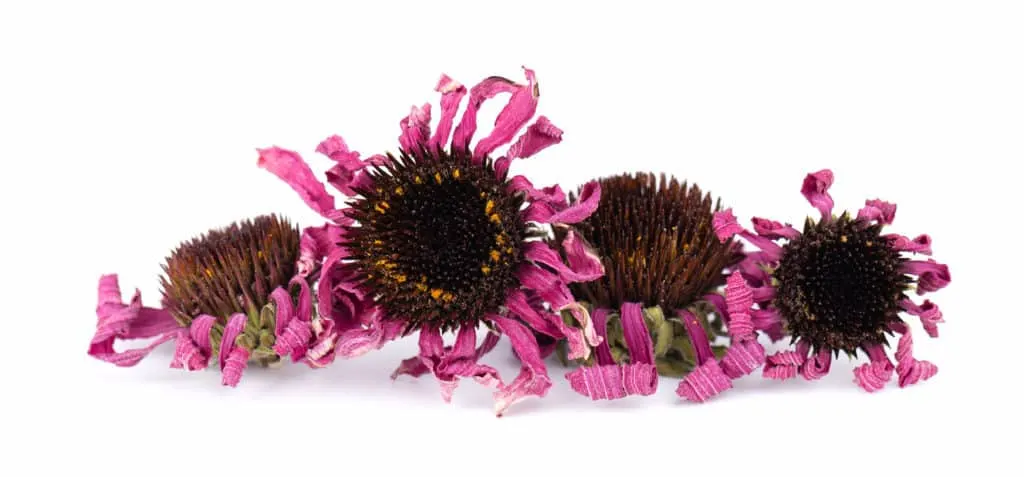
10. Lavender (Lavandula angustifolia)
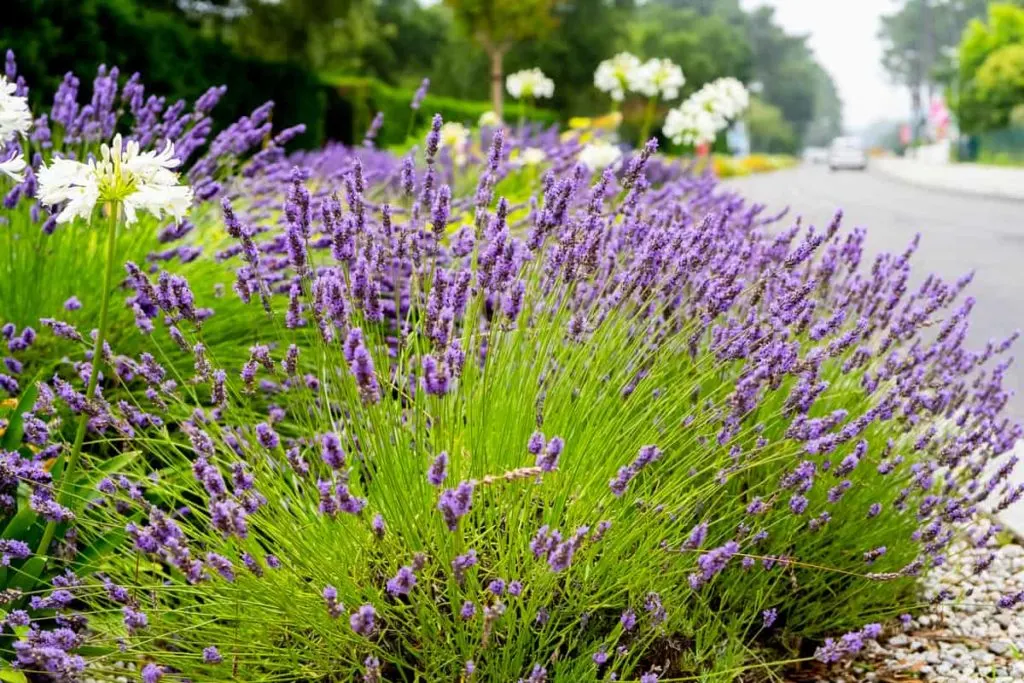
Interestingly, the name lavender has the meaning “to wash”. The plant, with its incredible aroma, has been used for centuries in cleaning and purifying.
The dried flowers make gorgeous, aromatic home décor, fragrant sachets, and potpourri. Additionally, the dried flowers can be used in teas, in baking, in making natural home cleaning products and natural cosmetics. Lavender has many varieties. This one is a perennial, hardy to zone 6.
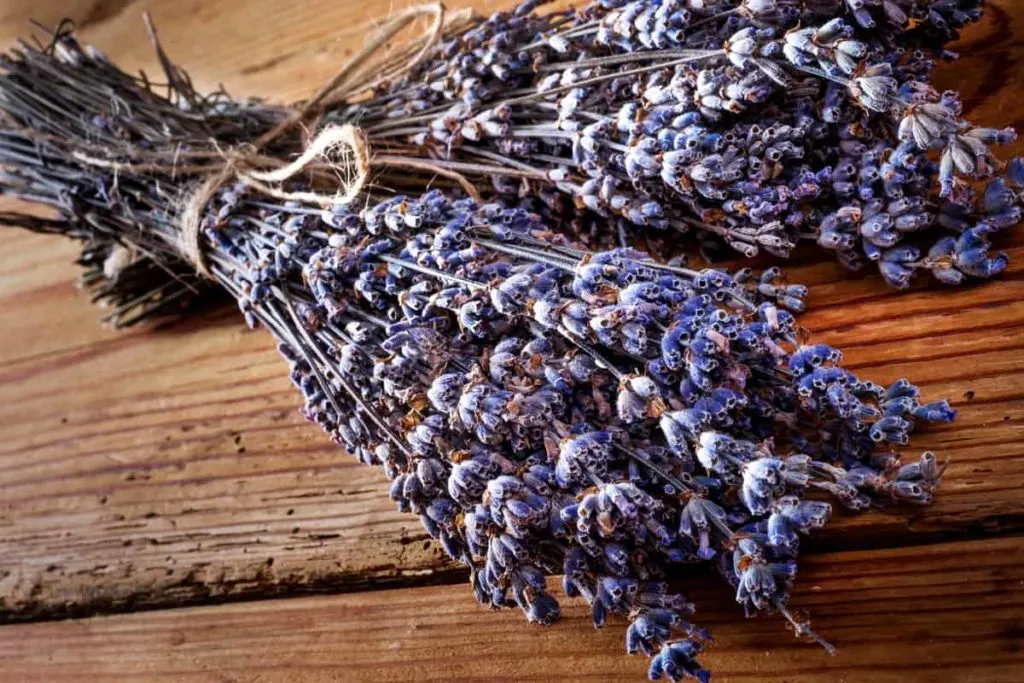
11. Sage (Salvia)
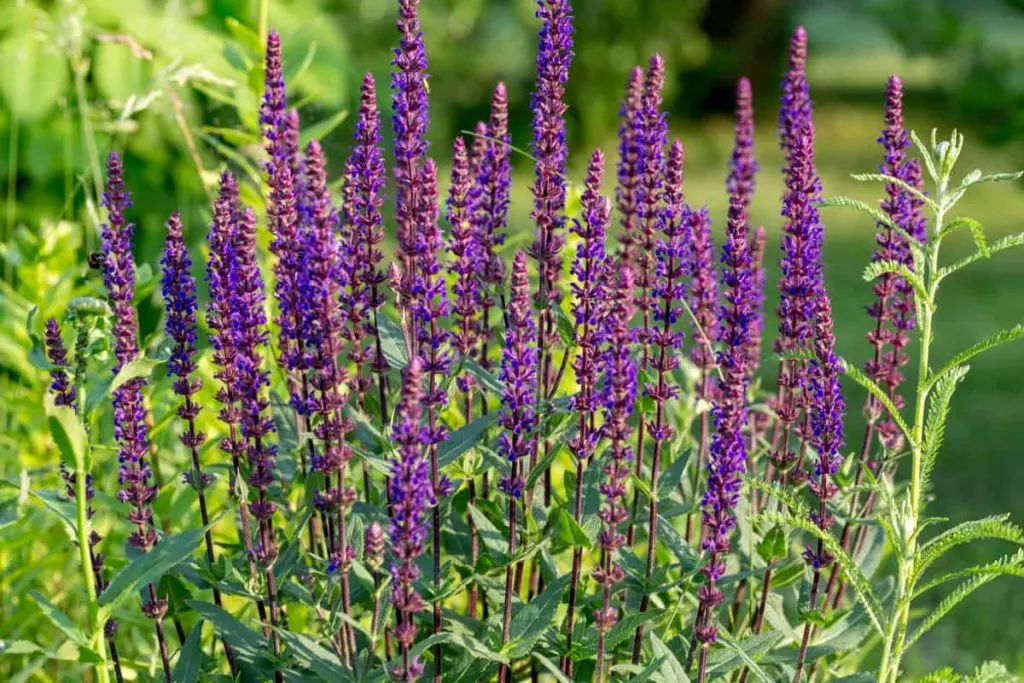
An exceptional plant, Salvia is a large genus of plants with aromatic and beautiful flowers. Often grown as perennials in the herb garden, sage leaves and flowers dry impressively well. They dry wonderfully well for use in floral arrangements.
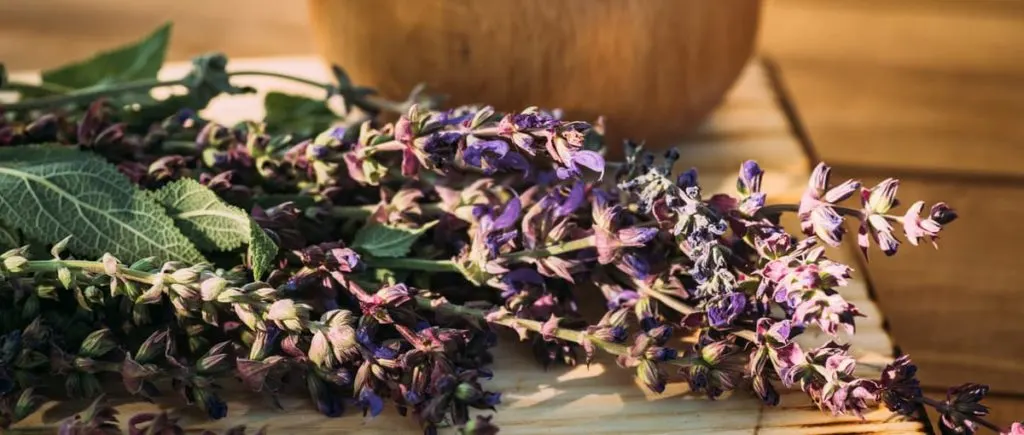
12. Stonecrop (Sedum)
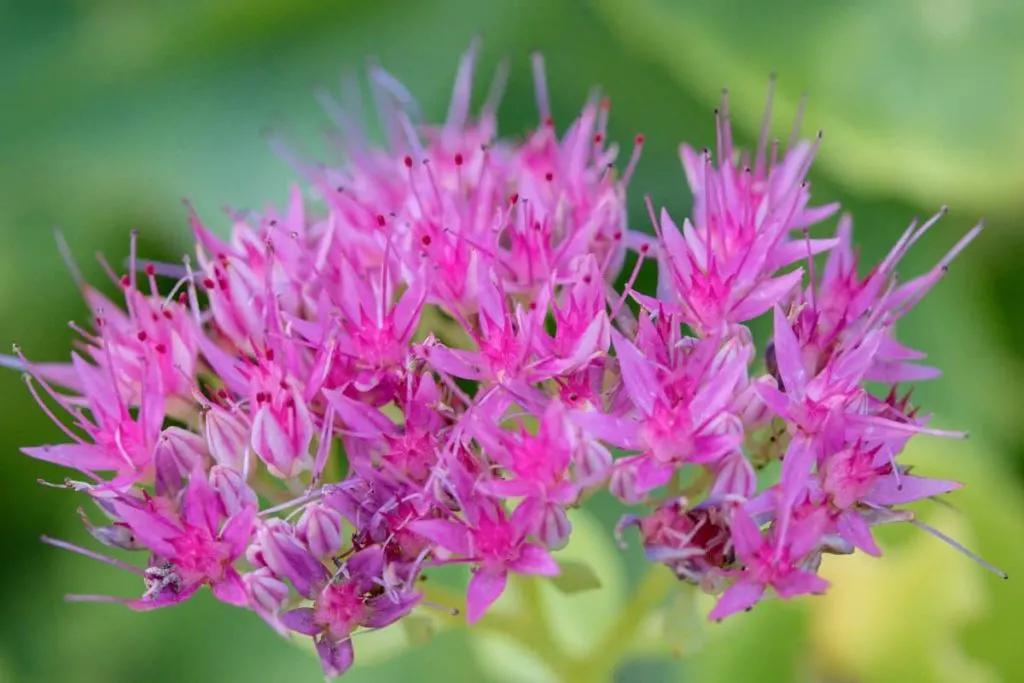
A wonderfully easy dried flower, Stonecrop flowers dry extremely well right on the plant. They often maintain shape and color. Excitingly, they may persist even through the winter! Stonecrop is an excellent addition to the rock garden. There is a wide variety of shapes and sizes. Plants are succulent, thriving in dry, hot conditions.
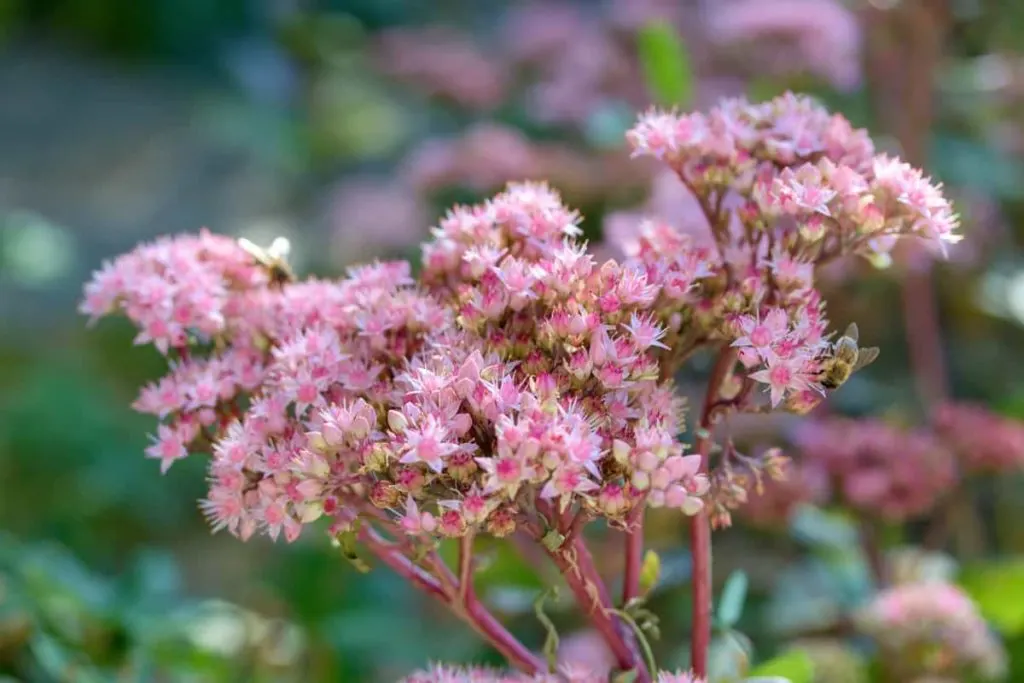
13. Globe Thistle (Echinops)
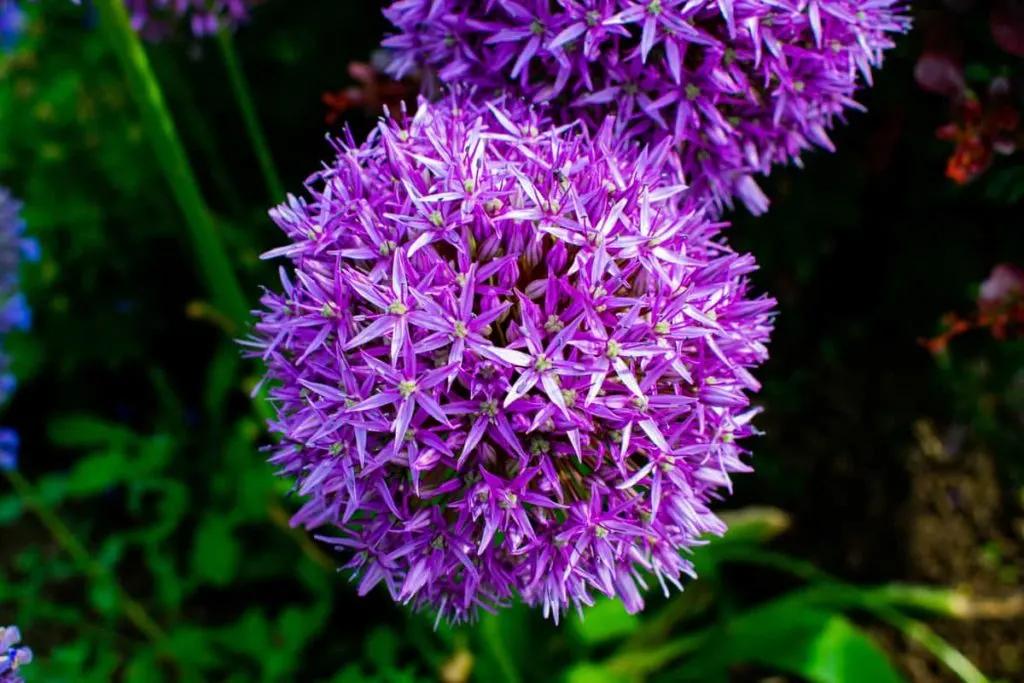
Easy to care for and easy to use! Globe thistle is a drought tolerant perennial plant loved by many pollinating visitors. Furthermore, its unique flowers make an excellent addition to interesting dried floral arrangements.
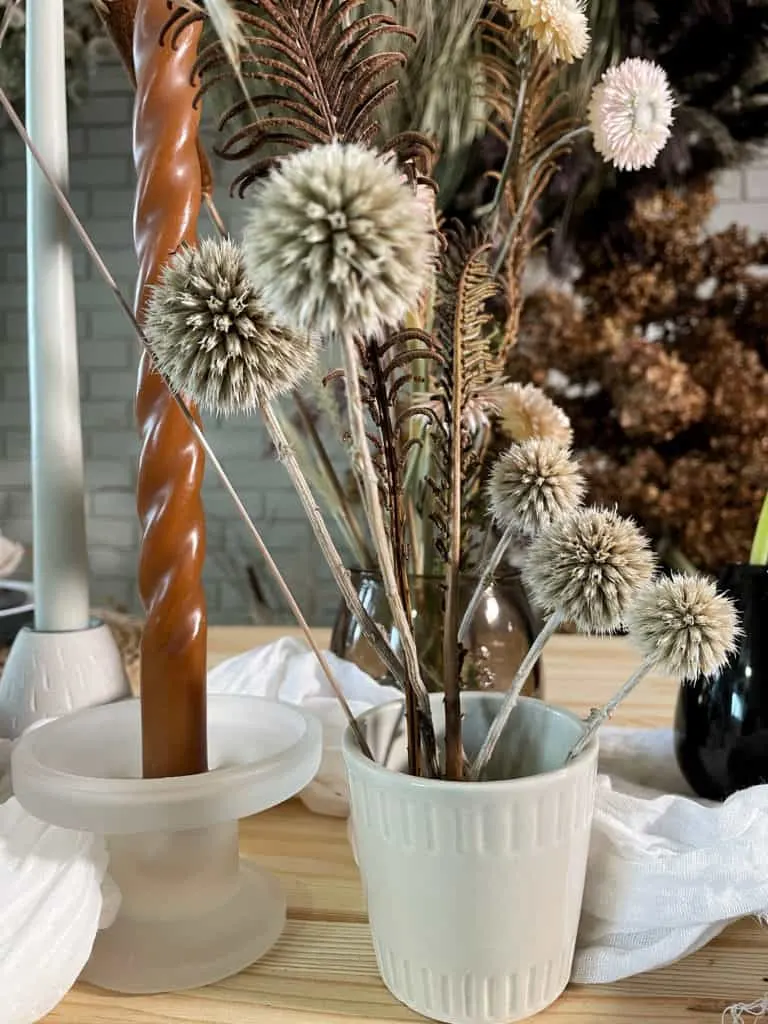
14. Sea Holly (Eryngium)
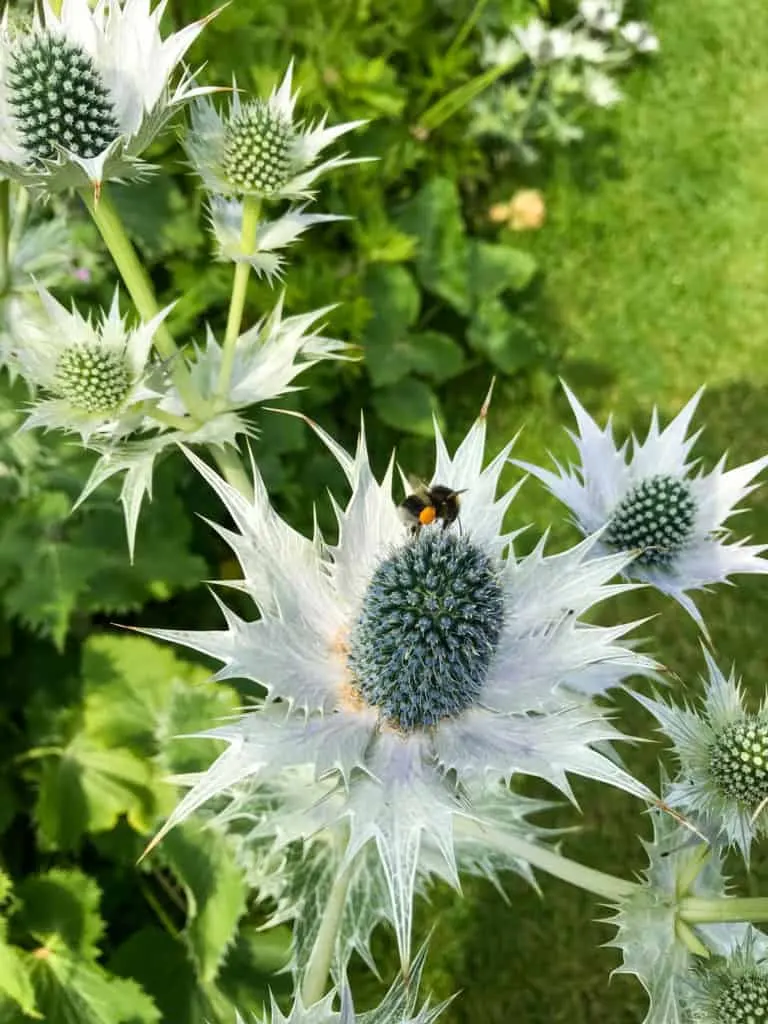
Sea Holly are clump-forming perennials that appear striking out in the garden. Additionally, they are a tough plant which, once established, tolerates drought and even salt spray.
Interestingly, its distinctive flowers bloom from June all the way through to September. They make wonderful cut flowers and exceptional dried flowers.
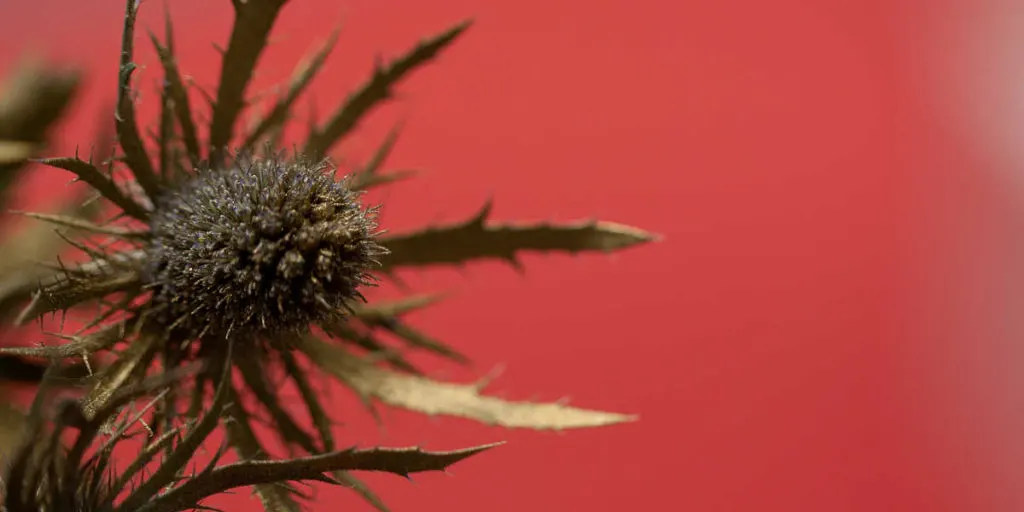
15. Ornamental Grasses
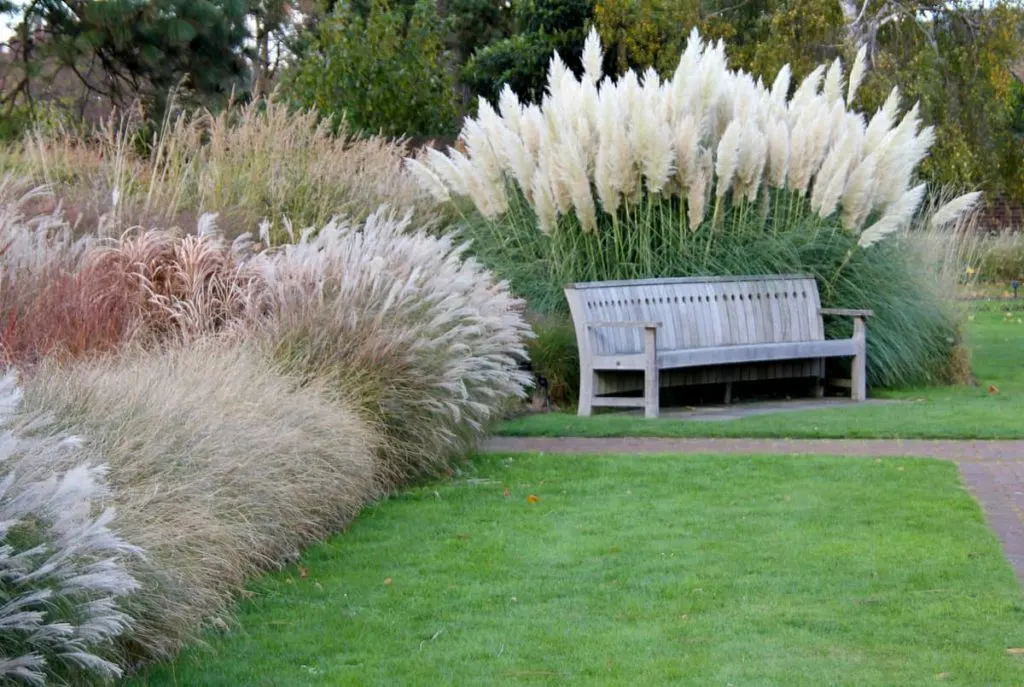
Ornamental grasses make outstanding additions to dried flower crafts. The gorgeous blooms and seed heads of many varieties can be dried the same way more traditional flowers are used. They can soften, add texture, and create drama.
For example, excellent choices for dried ornamental grasses are Pampas Grass, Feather Reed Grass, or Fountain Grass. On the other hand, many other grains make fantastic additions to dried arrangements such as wheat, millet, and oat.
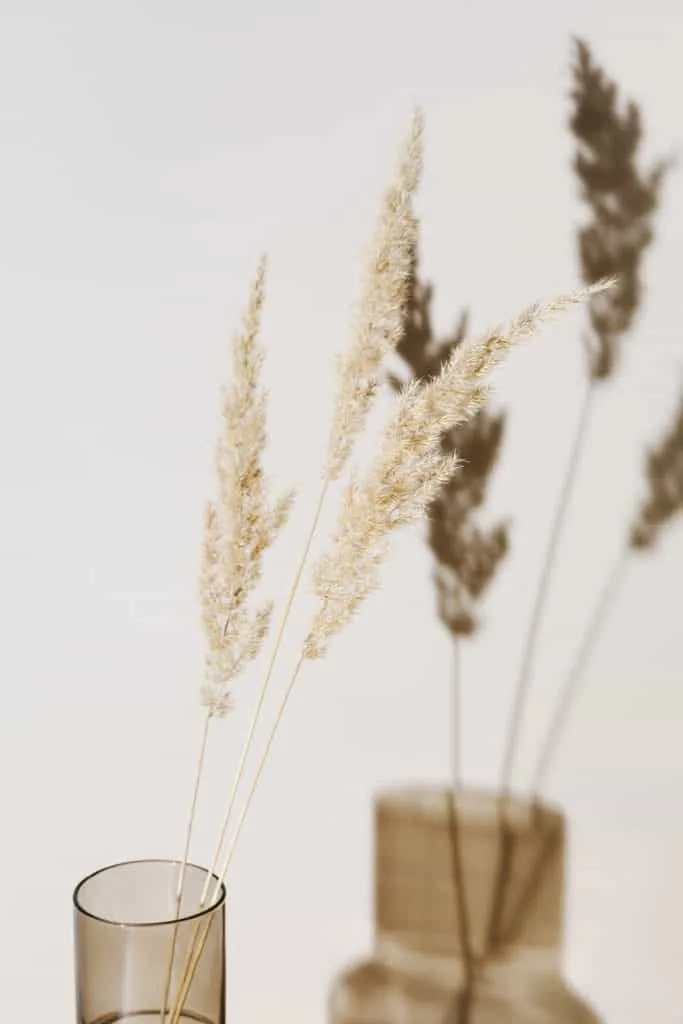
Final Thoughts
Celebrate the best of the garden! Excitingly, we can extend the life of all the beauty we create outside. Drying flowers is a fantastic and fun way to pay tribute to all the wonders the garden produces. Furthermore, it makes this growing season even more fabulous!
